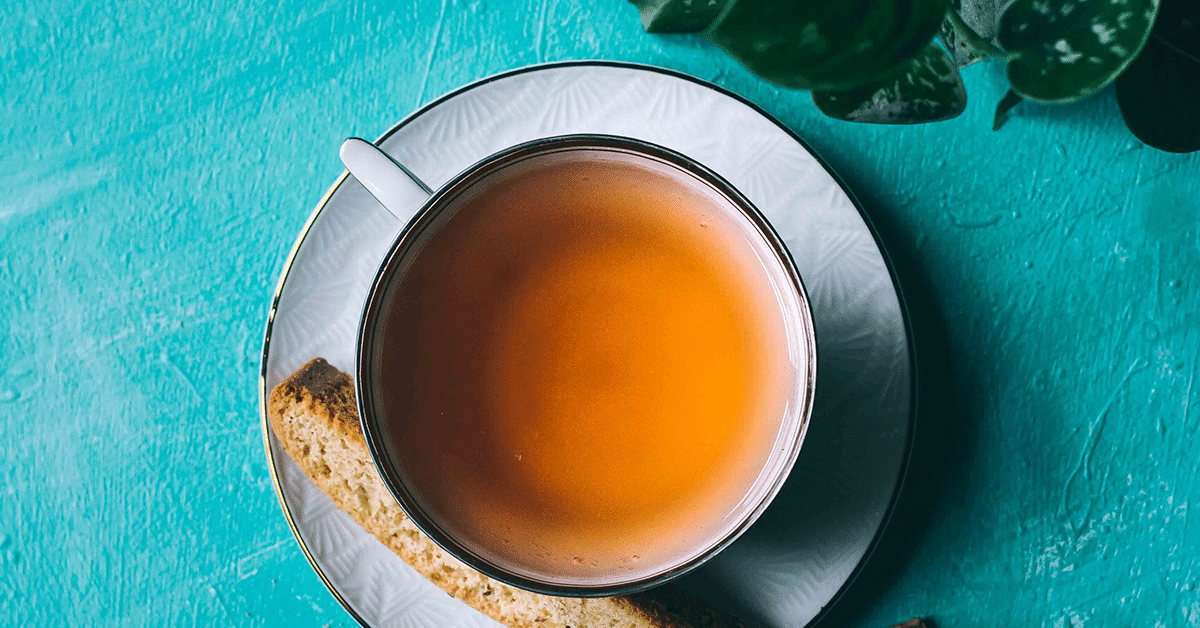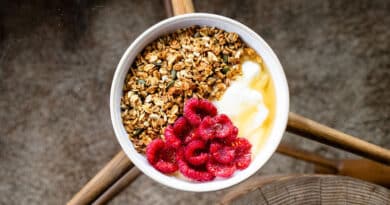The Incredible Health Benefits of Turmeric
Turmeric is one of the most thoroughly researched plants in existence today.
Its medicinal properties and components (primarily curcumin) have been the subject of over 5600 peer-reviewed and published biomedical studies.
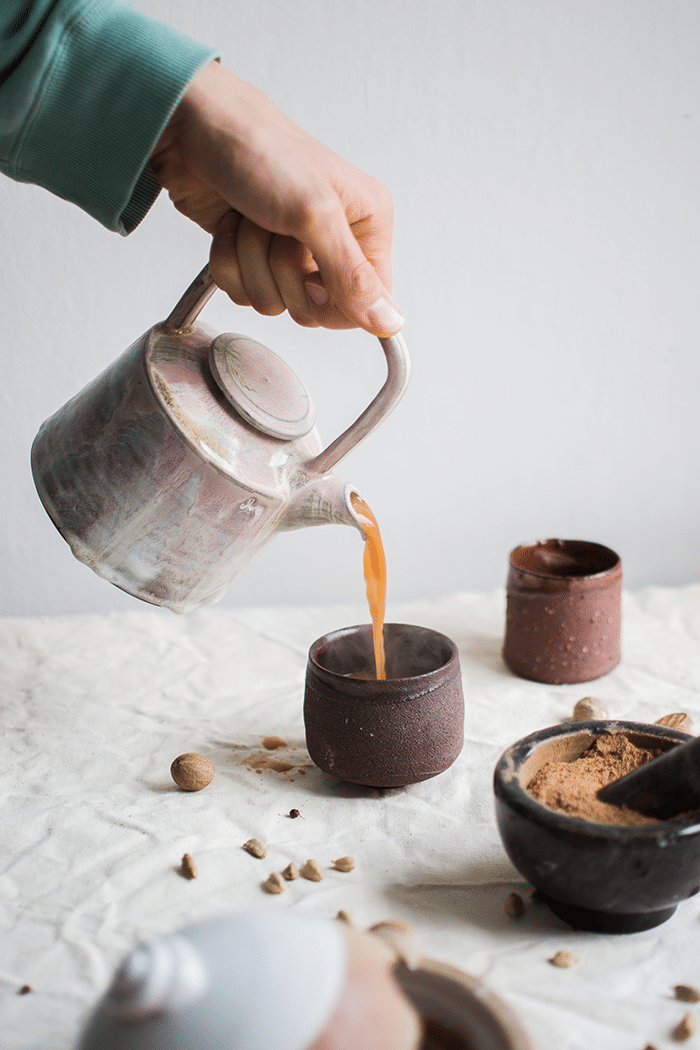
In fact, our five-year long research project on this sacred plant has revealed over 600 potential preventive and therapeutic applications, as well as 175 distinct beneficial physiological effects.
This entire database of 1,585 references can be downloaded at GreenMedInfo.com.
- History of Turmeric
- How is Turmeric Prepared?
- Types of the Spice
- What Nutrients Does Turmeric Contain?
- What are the Health Benefits of Turmeric?
- How Can You use Turmeric for Brain Health?
- Why is Turmeric Good for Your Skin?
- What Foods are Good with Turmeric?
- Is Turmeric Latte Healthy?
- Is Turmeric Tea Healthy?
- What Does Turmeric Taste Like?
- Should Turmeric be a Part of my Diet?
- Many Wonderful Benefits.
- How to Grind It
- Learn More
Some of the spice’s most well documented healing properties include its ability to…
- Prevent cancer[ii]
- Reverse diabetes[iii]
- Reduce inflammation[iv]
In short, scientific support for the use of this ancient root is just about as solid as modern science gets: it consistently demonstrates extraordinary healing potential across a wide range of conditions—from fighting liver disease, to slowing joint deterioration, to soothing irritable bowels.
History of Turmeric
Although the spice has been used in cooking for thousands of years, it was only recently that its health benefits have been proven.
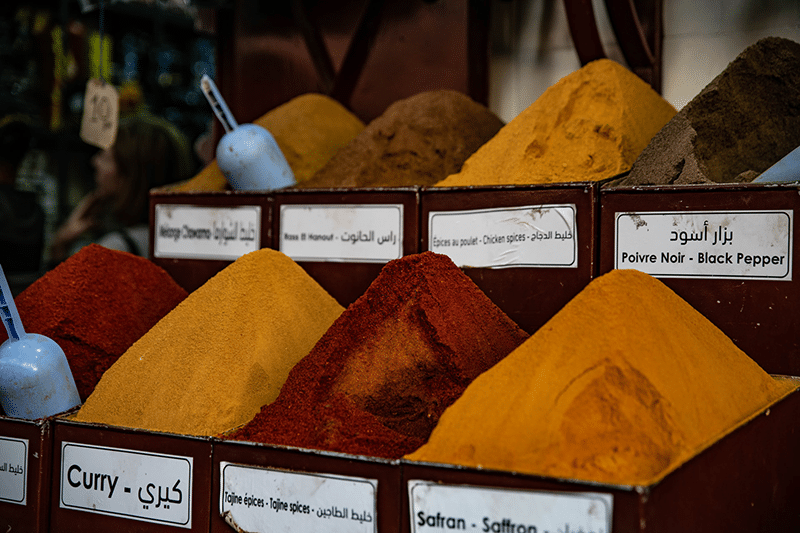
Evidence of it as a spice dates back to at least the fourth century BCE, when it was widely traded across Asia along with other spices. It became a standard ingredient in dishes of the Middle East and eventually appeared in Indian cooking.
In traditional Chinese medicine, the spice is widely used as an anti-inflammatory herb, often mixed with white peony root and licorice root to treat conditions like arthritis.
How is Turmeric Prepared?
There are a variety of ways to prepare turmeric: some cooks will fry, roast, or boil it before adding to a dish.
Types of the Spice
The plant can be used fresh or dried, but fresh turmeric is less common; most often, the root is dried and then ground into powder.
Turmeric is used in foods such as curries and dals and can even be added to smoothies for extra flavour and nutrients.
What Nutrients Does Turmeric Contain?
It contains vitamin B6, vitamin C, vitamin E, vitamin K, calcium, iron, potassium folate niacin riboflavin thiamin and magnesium.
What are the Health Benefits of Turmeric?
Turmeric is used to treat many different ailments.

It is commonly used for arthritis and stomach problems. Turmeric has also been shown to help with cancer treatment and cholesterol levels.
- Turmeric is loaded with nutrients and bioactive compounds that have powerful benefits for the body and brain.
- These benefits include improved brain function, lower risk of heart disease, and lower risk of cancer.
- It can also help prevent and treat Alzheimer’s disease. It has antioxidant effects, which help prevent damage from free radicals in the body.
- This can reduce inflammation in your brain, which may slow or potentially even reverse some causes of cognitive decline.
- There are many studies showing that turmeric can improve symptoms of depression, likely by affecting neurotransmitters in the brain like serotonin and dopamine. The curcumin content may help increase levels of BDNF (brain-derived neurotrophic factor), a growth hormone that plays an important role in brain function.
How Can You use Turmeric for Brain Health?
The spice has been found to be effective in treating many mental disorders. Curcumin, the active ingredient in turmeric, increases levels of brain-derived neurotrophic factor (BDNF). BDNF is a growth hormone that functions in the brain which promotes neurogenesis: generation of new neurons and synapses.
This mechanism is necessary for learning, memory and higher thinking.
If you’re looking for a natural way to improve your memory, concentration and brain function, look no further than turmeric.
Curcumin also reduces symptoms of depression and anxiety by increasing serotonin and dopamine levels. Low levels of these neurotransmitters have been linked to depression, so increasing them naturally through turmeric can help improve your mood!
Why is Turmeric Good for Your Skin?
While there are many benefits of tumeric both internally and externally, one of the most powerful is its ability to clarify your skin. Just like it fights against toxins in the body, when applied topically, tumeric can work wonders against impurities in the skin and produce a clearer complexion.
Topical application of tumeric can also help reduce inflammation and redness. Tumeric contains curcumin, which makes it a powerful antioxidant.
That means that tumeric can help prevent free radical damage in the skin (and throughout the body), keeping your skin from getting older before its time!
What Foods are Good with Turmeric?
It is most commonly used as a spice in traditional Indian and Arabic dishes such as curries, soups and stir-fry. It can also be found in some sauces and dressings. In the United States it is commonly used in desserts.
Tumeric has also been historically used as a natural dye, particularly for clothing and textiles. It is also used medicinally as an herbal remedy to treat various conditions such as colds, indigestion, headaches or injuries.
Is Turmeric Latte Healthy?
You’re likely to find it in health-food stores and the health-food sections of grocery stores. Look for pure turmeric, which contains only that spice. It’s commonly sold in powder form, although some grocers carry root or fresh turmeric.
You can also buy supplements and extracts.
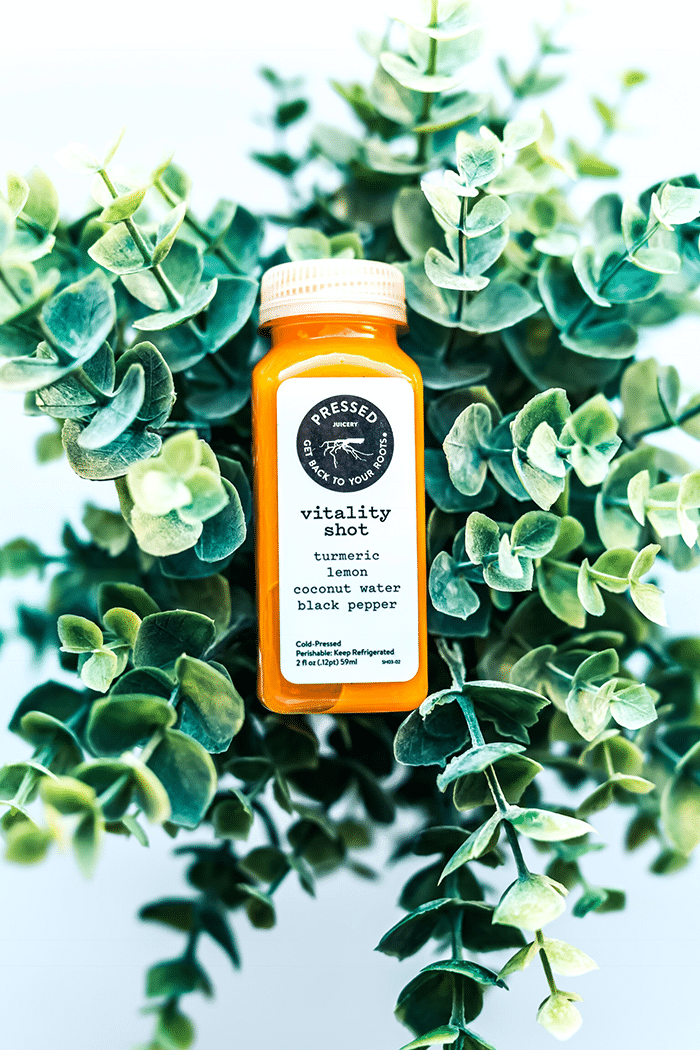
Turmeric supplements contain a concentrated dose of curcuminoids. However, some research suggests that the body has trouble absorbing curcumin from supplements alone, so it’s best to include turmeric in your diet as well.
Curcumin tends to be poorly absorbed into blood circulation following oral ingestion. Different ways of improving its absorption are currently under investigation, including using piperine (the compound that gives black pepper its taste) and oils with turmeric supplements.
Is Turmeric Tea Healthy?
Yes, it is. The tea is a great alternative to coffee and gives you the energy without the jitters. It’s caffeine-free, so it won’t keep you up at night and has been shown to have many health benefits for your body in general.
This can be especially helpful for those who are sensitive to caffeine or trying to cut back on their daily intake, as this tea has one of the highest antioxidant values among herbal teas.
This warming beverage is made from a blend of tumeric and honey. The honey helps offset the taste, making it delicious and easy to drink regularly.

Having an all-natural sweetener with your tumeric tea can also help regulate blood sugar levels more effectively than drinking just black tea with natural sweeteners like stevia or raw honey alone.
It may be beneficial in boosting your immune system because it contains curcuminoids (antioxidants) that fight oxidative damage caused by free radicals–the harmful byproducts produced during normal metabolism which contribute significantly to aging as well as various diseases such as cancer, heart disease and Alzheimer’s disease.”
What Does Turmeric Taste Like?
You can expect it to have a pungent, slightly bitter and earthy flavor. The initial bitterness will fade, giving way to a rich, peppery flavor that’s also slightly sweet.
It is made into a paste or powder and used in cooking as well as beverages, so you may come across it in a variety of dishes and drinks.
Should Turmeric be a Part of my Diet?
To reap the biggest health benefits it’s best to incorporate it into your diet, in addition to taking a supplement. Here are some ways that you can do so:
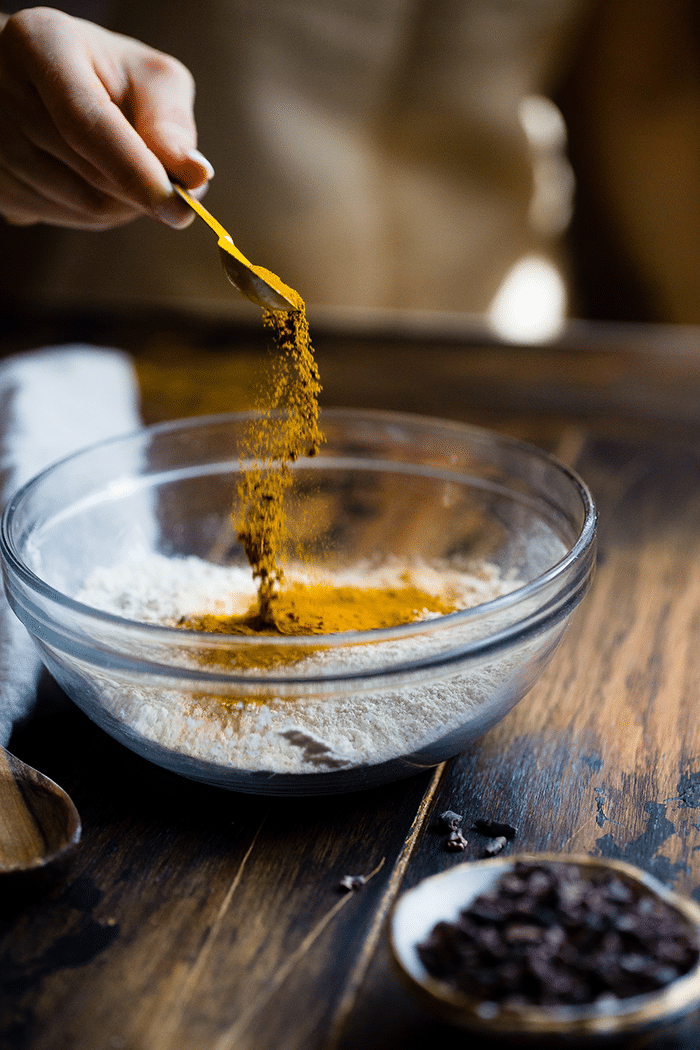
- Add the powder to your food. It has a mild but earthy taste that goes especially well with chicken and pork dishes. Sprinkle ¼ tsp of turmeric onto cooked meat or vegetables for every serving for an extra boost of protective antioxidants in your meal!
- Make a cup of tea. A cup of hot herbal tea is often the perfect way to relax after a long day. Try combining ½ tsp ground turmeric with ½ cup milk and boiling water before adding honey or sugar to taste.
- Treat yourself to a latte. Lattes are becoming increasingly popular as people discover how delicious they can be! To make at home, combine 1 cup milk with ¼ tsp each cinnamon and black pepper before heating on the stovetop until warm (be sure not to overheat the milk). Then, whisk in ½ tsp of turmeric powder for an anti-inflammatory boost that also tastes amazing!
Many Wonderful Benefits.
You can keep your powder in a sealed jar in the cupboard, but it is best stored away from heat, light, and humidity. It should be kept away from other spices to avoid absorbing their flavours.
How to Grind It
If you find that you really enjoy the taste or use it often for health reasons, consider buying it whole and grinding it yourself with a coffee grinder or mortar and pestle. This will ensure the freshest flavour when using it to cook!
Add it to dishes such as curried vegetables, legumes (lentils), rice dishes such as yellow rice or pilafs, eggs, fish stews such as bouillabaisse, salad dressings and marinades. When using turmeric in cooking add it towards the end of cooking so that its essential oils are not destroyed by long-term exposure to heat.

